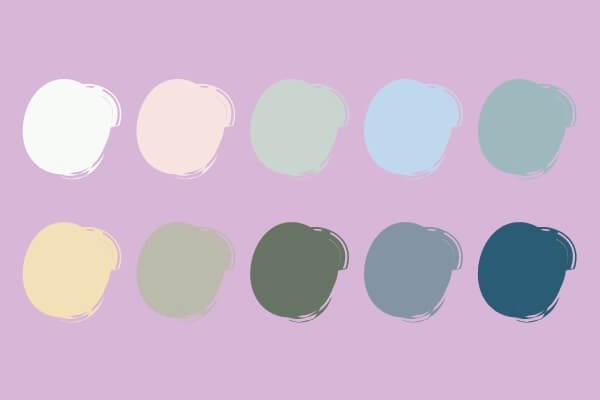Statement lighting comes in many shapes and styles. Whether your space dominates with a gorgeous chandelier or an eye-catching low light, fabulous lighting can transform a room.
Lighting is to your space as jewelry is to your outfit. Selecting the right lighting for your space can draw all the right kind of attention to your furnishings and decorations. Here are some tips and tricks to make your lighting work for your open concept space.
Tip #1: Have a Focal Fixture
Most people know not to wear several statement pieces of jewelry all in one go. Likewise, for open concept spaces, there needs to be a dominant light fixture. This fixture can be paired with less attention-grabbing, secondary fixtures. These secondary fixtures still play an important role to lighting your space, but don’t draw attention from the focal fixture.
Examples of a focal fixture include:
- A beautiful pendant light
- An-eyecatching chandelier
- A fun set of ceiling lights
- A sleek LED suspension
Tip #2: Consider Finishes
When selecting light fixtures for an open space, you want each piece to speak to the other in a way that isn’t to “matchy” or pre-packaged. Light fixtures don’t need to all be replicas, or even from the same vendor, but it’s important to pick a common element and have that carried through in all the fixtures. This is where finishes can be really useful in unifying the theme of your room. Finishes can be glass, metal or wood.
When choosing finishes for your lights, keep in mind that while mixed-metals are great for home accessories that can be swapped out easily, you may want to avoid them for more permanent fixtures. If you’re looking to resell your home at any point in the future, mixed-metal light fixtures can drive down the value. This is because without your curated furniture and decor the light fixtures may look disjointed and incoherent to potential buyers. Keeping the fixtures in the same metal family, or at least having a dominant metal that is present in all fixtures can help to avoid this problem.
Tip #3: Functionality is Necessary
When it comes to lighting, it’s not enough to have a pretty face; your fixtures need to function appropriately for your space. Two important factors in light function are the light temperature of the bulb and the amount of light given off.
Let’s start with temperature. Contrary to what it sounds like, light temperature has nothing to do with whether your light bulb will heat up your space, and everything to do with the colour of the light emitted. Light temperature exists on a scale from 2700 K (a warm yellow hue) to 5000 K (a cool, bright blue hue). The colour of your light will affect the look of your wall colour, flooring and artworks, so choose wisely! If you aren’t sure, a colour between 3000 – 4000 K is a safe bet, since this range offers a very neutral tone.
Of course, the amount of light in your space also plays a key role. Obviously, a single pendant light in a large room won’t illuminate the whole space well. To quantify the amount of light needed in a space, we use the measurement of lumens. Lumens are simply a measurement of brightness. High-efficiency light fixtures will let off more lumens, but if you don’t want to switch, LED bulbs are your best bet for getting more brightness. If you’re still a bit confused, fret not! There are plenty of great resources online that show the recommended amount of lumens for different rooms.
Just remember to consult a licensed electrician before you do any physical work to your outlets or wiring!






